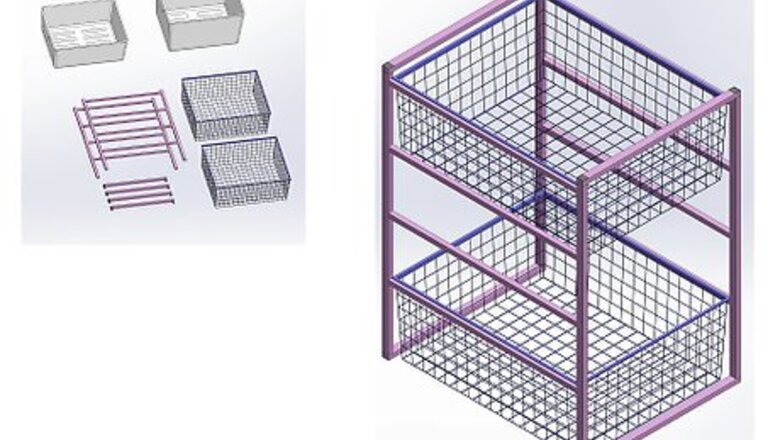
views
Setting up the frame
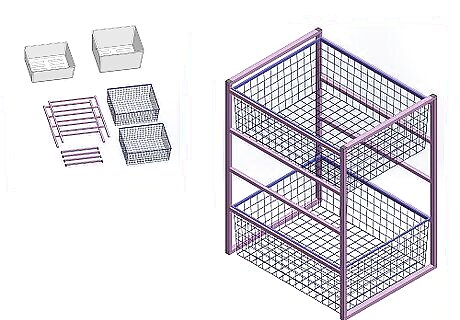
Visit IKEA to purchase the frame. You'll need the Antonius frame from IKEA for the main frame. It will be combined with one or two wire baskets and two of the plastic containers. Use the 50 liter (13.2 US gal) container for the fish tank at the bottom, and the 25 liter (6.6 US gal) container for the growbed at the top. Assemble all the parts based on the accompanying packaging instructions. If you can't find the frame at IKEA, ask around to see if friends have a spare one, or make a request on a site like Freecycle.
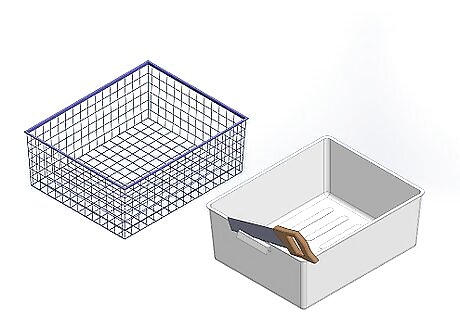
Use the wire basket as support for the 25 liter (6.6 US gal) plastic container that will house the growbed. It is not strictly necessary to have the 50 liter (13.2 US gal) plastic container fish tank at the bottom if you just put the container on the floor. You may want to trim the plastic lip on the top container to ensure a better fit; in this tutorial, the handles have been cut off the ends of the container as well. However, this is not strictly necessary. To cut the plastic, use a small saw or some standard wire pliers.
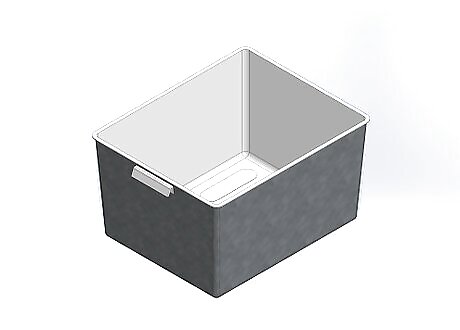
If you want to personalize the system to fit in with your home décor, now is a good time to do it. The photo shows an example of a fish tank that has been decorated with a strip of PVC plastic sheet:
The standpipe

Use a small 600 lph (litres per hour) electric submersible pump in one corner of the fish tank which takes the water up to the growbed. The water flows through the growbed and exits in the opposite corner to which it entered. As the water then flows back to the fish tank, it pushes any solid waste over towards the pump, ready to pulled up into the growbed. Use a bypass ball-valve on this system. This item diverts some of the water from the pump straight back into the fish tank. This lets you control the amount of water going into the growbed, and the diverted water also creates some water movement in the fish tank, as well as providing additional aeration. In this tutorial, 13mm PVC pipes were used throughout. Initially, it's recommended that you too start with the growbed and the siphon used here.
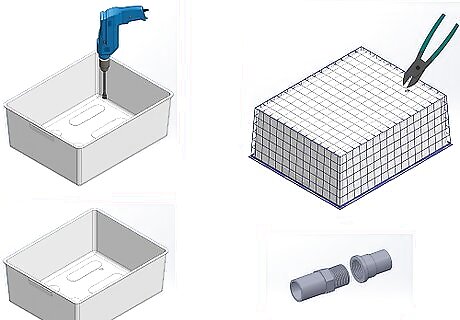
Obtain male and female threaded adapters. Drill a hole in the right place in the growbed––you need to make sure that the female adapter will fit between the wire mesh squares. Make the hole about 6 or 7 centimeters (2.3-2.7 inches) from the edge of the container in each direction; the hole should form a snug fit with the threaded male adapter.

Place the male adapter through the top of the growbed. Then fit a rubber O-ring onto the threads. Next, screw the female adapter onto the male adapter until you have a nice snug (and waterproof) fit. You can add some silicon to the bottom if you want to, but it's not strictly necessary. Finally, use a reducer on top of the male adapter. The one shown here is a 25mm to 13mm reducer. This whole piece is called the standpipe and this is how the water will exit the growbed. You want the overall height to be about 1 inch (2.5cm) under the top of your growbed media; thus, you will need to cut the pipe down so that it is the right height for you. At this point, let the silicon dry if you have used it.
The bell siphon and media guard
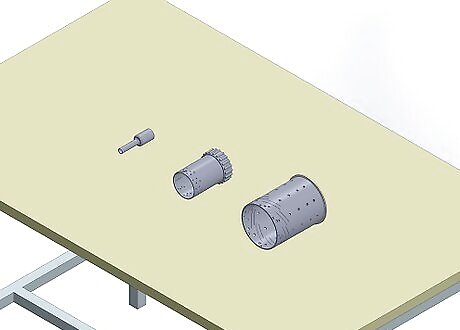
Observe the 25mm-13mm reducer on the far left of the photo shown below. This is where the water will exit the growbed.
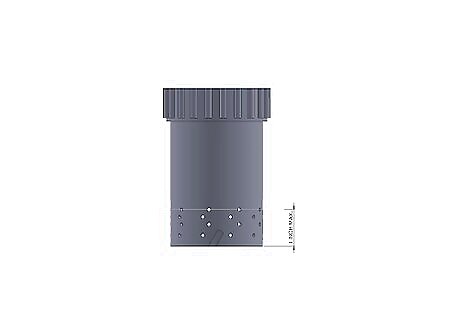
Place the 60mm bell siphon in the middle. This is a 60 mm piece of pipe with an airtight cap on the top. The pictured bell siphon shows some pieces cut out of the bottom as well as some holes drilled in the side––you want these holes to be no higher than about 1 inch (2.5cm) from the bottom of the pipe. The water will drain down to this level and will then stop.

Finally, the 100mm media guard, shown on the far right, is simply to keep the growbed media out of the bell siphon. This has holes drilled or cut out of it to allow the water to come in––and to keep the roots and the media out! The cap is optional, but helps to keep things out of the bell siphon.

Bell siphons can be tricky to get working. The mechanics of a siphon is relatively complicated, but you are really only concerned with the practical application of siphons to allow you to quickly empty a growbed into either a sump tank or fish tank using a simple mechanical method with no moving or electrical parts.
Finishing up
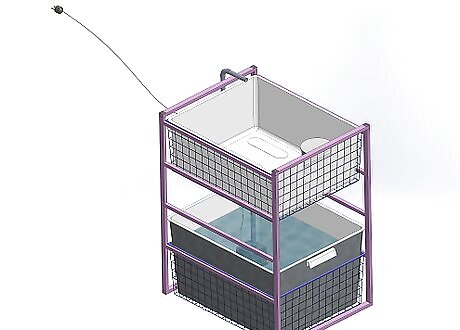
Once you have all the framework, the containers, and the plumbing set up, add water into the fish tank and start the pump up. Test to see if everything works properly, and to see if the system is watertight!
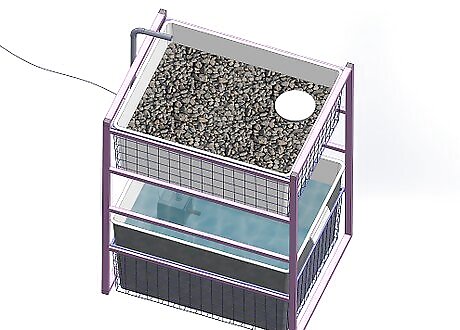
Fill the top container (the growbed) with some sort of growing media. This could be hydroton, lava rock, perlite, river stones or other similar matter. Use something that allows the water to flow through the growbed and is non-toxic.
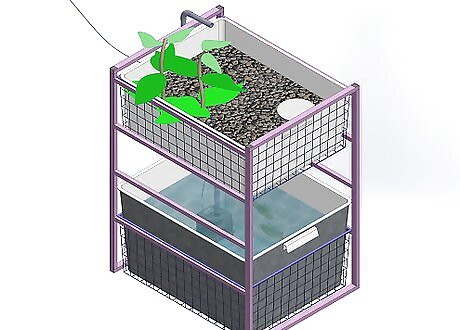
Once this has been done, you are ready to add the fish and to start putting plants into your system. Initially, add only a couple of small fish, just to start producing the ammonia needed to kickstart the system.
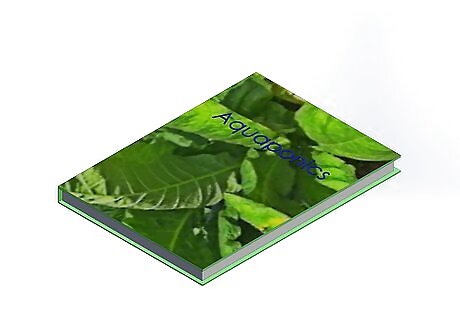
Read up on aquaponics for more details. Setting up your system is just the beginning––you'll need to keep learning more about the use and benefits of the system to make the most of it. As such, it's recommended that you check out additional information on how to actually run your system and to gain a thorough overview in how aquaponics works properly. You can search for more resources online, purchase books about aquaponics or visit your local library to request further information.











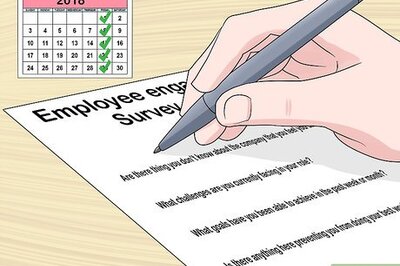





Comments
0 comment